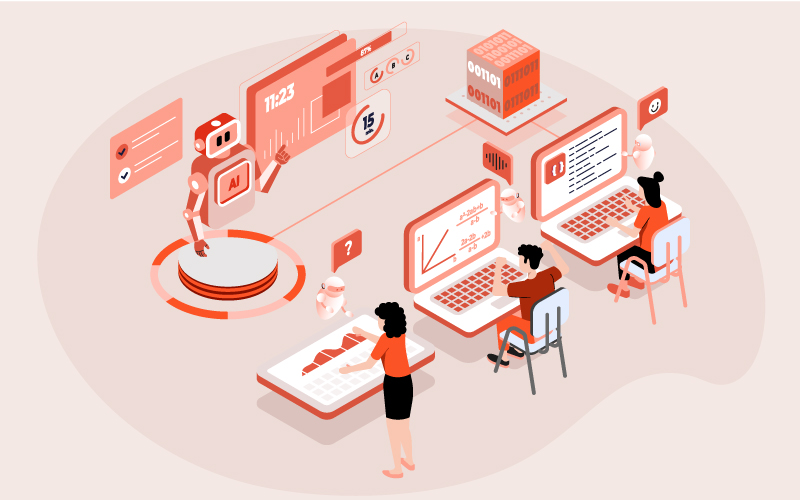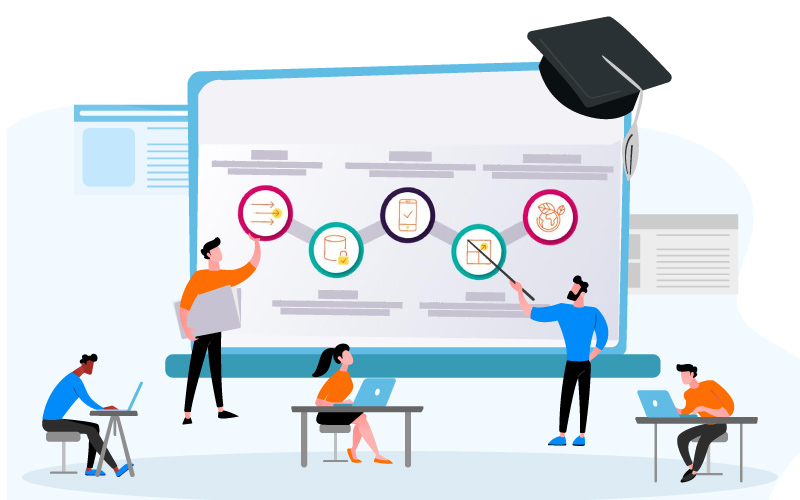Online Learning in Higher Education: How to Improve Student Engagement
Student engagement in online higher education often weakens over time. This article examines how interaction design, motivation, applied learning, and blended models influence engagement outcomes.
AI in eLearning: Practical Use Cases Beyond Content Creation
Reduce L&D development costs by 70% with AI Learning Automation. Move beyond content creation to automate your eLearning workflow and scale training 5x faster.
Digital Learning in K–12: What Works for Students and What Doesn’t
Learn what works and what doesn’t in K-12 digital learning. Explore engagement strategies, personalized learning, teacher support, and key implementation tips.
Accessible Learning by Design: Why Inclusion Can’t Be an Afterthought
An analytical look at accessible learning in enterprise environments, examining WCAG compliance, ADA-compliant learning, design constraints, formats, and equity across age groups.
Why Enterprise L&D Needs “Rapid-Learning Pipelines”?
Rapid-learning pipelines help enterprise L&D teams manage rising training demands by improving workflow, limiting delays, and supporting consistent content production.
How 2025 Clarified MITR Learning & Media’s Direction as an Ecosystem
Explore how 2025 brought clarity to MITR Learning & Media, strengthening ecosystem collaboration, scalable capability and delivery focus heading into 2026.
Media, Data, and Design: The Three Forces Reshaping How We Learn Everywhere
MITR’s global learning powerhouse leads a learning ecosystem transformation shaped by media, data, and design across schools, campuses, and enterprises.
Learning Experience Design in Higher Ed: Turning Digital Transformation into Student Impact
Higher ed institutions rethink digital transformation through learning experience design, focusing on clarity, workflow alignment, and measurable student impact.
Regulatory Training at Scale: Preparing for Faster Compliance Cycles in 2026
Learn how organizations can manage shrinking compliance cycles by streamlining updates, reducing operational lag, and using automated systems for scalable training delivery.
Learning Without Walls: How MITR Connects Schools, Campuses, and Enterprises Through a Shared Learning Ecosystem
Learning is no longer tied to a classroom, a campus, or even a corporate office. It follows people everywhere, shaping how they grow, communicate, problem-solve, and navigate a world that keeps shifting faster than anyone expected. But for many learners, learning still feels disconnected. Schools teach one way. Campuses teach another. Enterprises expect something entirely different.











